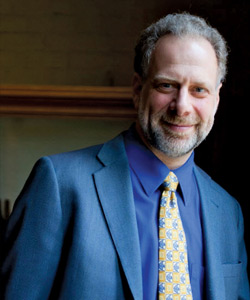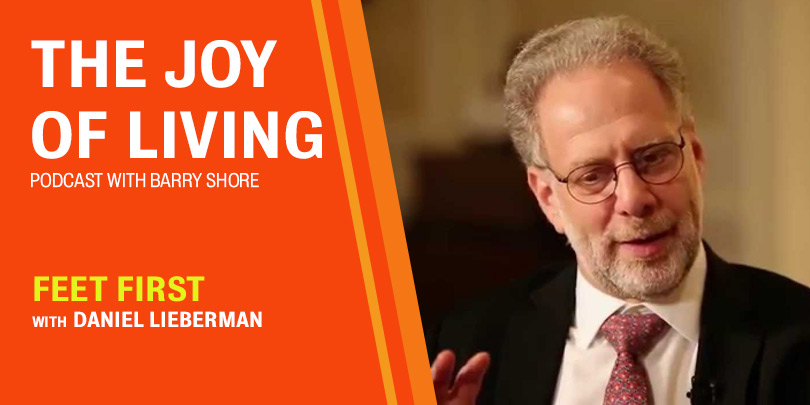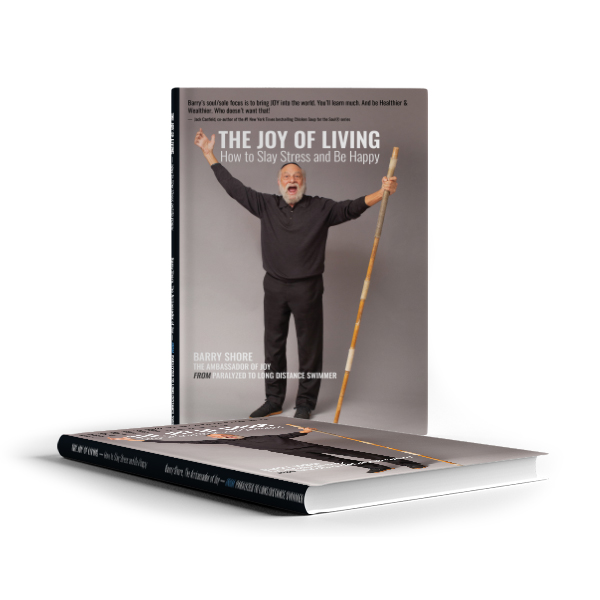Share This Episode
Your Ambassador of JOY, Barry Shore, brings You the highly acclaimed Daniel Lieberman, Chair, Department of Human Evolutionary Biology at Harvard University. Dan Lieberman studies how and why the human body is the way it is. His research combines paleontology, anatomy, physiology and experimental biomechanics in the lab and in the field. He has focused to a large extent on why and how humans have such unusual heads. He is also well known for his research on the evolution of human locomotion including whether the first hominins were bipeds, why bipedalism evolved, the biomechanical challenges of pregnancy in females, how locomotion affects skeletal function and, most especially, the evolution of running. You will be mesmerized and energized by this fascinating discussion. His 2004 paper with Dennis Bramble, “Endurance Running and the Evolution of the Genus Homo” proposed that humans evolved to run long distances to scavenge and hunt. His research on running in general, especially barefoot running was popularized in Chris McDougall’s best-selling book Born to Run. Lieberman is an avid marathon runner, though not barefoot, which has earned him the nickname The Barefoot Professor. You will be transformed by this information and will eagerly listen again and certainly SHARE this Episode with everyone who cares about living well.
Featured Guest

Daniel Lieberman
I study and teach how and why the human body looks and functions the way it does. I have long been fascinated by the evolution of the human head but my main focus is currently on the evolution of human physical activity. I am especially interested in how evolutionary approaches to activities such as walking and running, as well as changes to our body’s environments (such as wearing shoes and being physically inactive) can help better prevent and treat musculoskeletal diseases. To address these problems, I integrate experimental biomechanics and physiology in both the laboratory and the field with analyses of the human fossil record.


